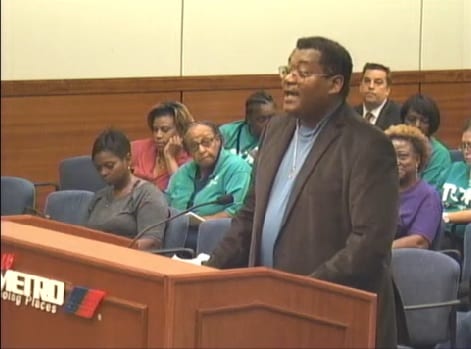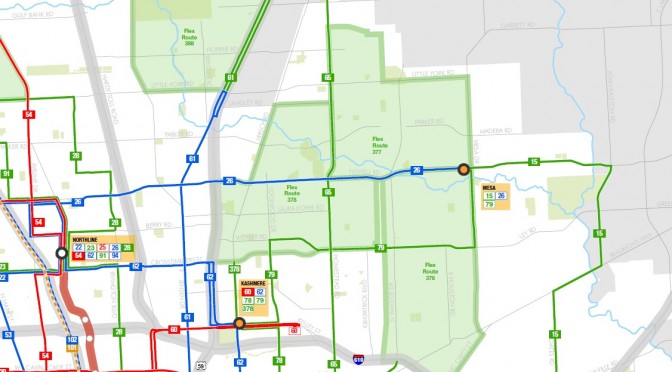Houston METRO “Approves” System Reimagining Plan
In a 4 hour meeting that became heated and personal at times, the Metropolitan Transit Authority of Harris County took another major step towards the agency's System Reimagining plan.
With State Representative Borris Miles, and other elected officials and community leaders present, the plan was approved pending a 60-day intensive study with further recommendations … Continue Reading ››

